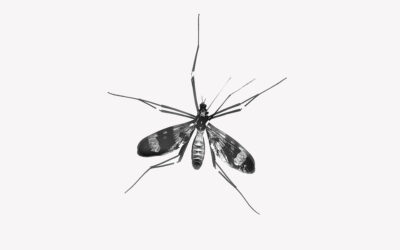Whether it’s the annual flu shot or the COVID-19 boosters, vaccines against viruses require constant tweaking and a bit of luck. Every year scientists estimate which influenza strains to include in the annual shot and COVID-19 is constantly monitored for new strains.
A new strategy toward a universal vaccine, which activates an ancient pathway of the immune system, could finally put an end to the chasing and guess work.
All vaccines work by stimulating the human immune system, but rather than pre-expose the immune system to a specific viral strain, the new shot is based on a piece of a virus’s genome common to all strains. “It is broadly applicable to any number of viruses, broadly effective against any variant of a virus, and safe for a broad spectrum of people,” explained UC-Riverside virologist Rong Hai in a press release regarding a new universal vaccine.
Their strategy differs from traditional vaccines in that it doesn’t use inactive viral proteins that provoke immune cells known as T-cells and create memory B-cells that recognize that specific protein in future infections.
Instead, the team is targeting another defense mechanism called short interfering RNAs or RNAi. “A host — a person, a mouse, anyone infected— will produce small interfering RNAs as an immune response to viral infection. These RNAi then [inactivate the virus’ genes],” said Shouwei Ding, lead author of the paper. This controls the copying of viral DNA or RNA, stopping the virus from assembling new particles to further the infection.
Unfortuntaly, many viruses produce proteins to counter this defence. However, in the current study, when the team mutated a virus to eliminate this counterattack, the weakened virus could behave as a vaccine, stimulating and boosting the host’s RNAi response.
To test the effectiveness, mice without T or B cells were given one injection of the new vaccine against a test virus called the Nodamura virus. The single jab protected the mice from a lethal dose of the virus for up to 90 days.
Targeting the RNAi system has the added potential benefit of working in a broader range of individuals. Newborns and immunocompromised people, who generally have underdeveloped or dysfunctional immune systems, also make RNAis, meaning the vaccine could protect groups who cannot receive traditional vaccines, which typically rely on a fully functional immune system to work.
When tested with newborn mice, the vaccine was again effective. “That’s why our next step is to use this same concept to generate a flu vaccine, so infants can be protected,” said Ding.
According to Hai, viruses will likely have a hard time adapting to these vaccine, meaning updated boosters will be a thing of the past. “Viruses may mutate in regions not targeted by traditional vaccines,” he said. “However, we are targeting their whole genome with thousands of small RNAs. They cannot escape this.”
The team is working on a nasal spray delviery system to make it easier to adminster, and they believe the same strategy could work against several viruses with no current vaccines, such as dengue or SARS. “This should be applicable to these viruses in an easy transfer of knowledge,” said Ding.
Reference: Gang Chen, et al., Live-attenuated virus vaccine defective in RNAi suppression induces rapid protection in neonatal and adult mice lacking mature B and T cells, Proceedings of the National Academy of Sciences (2024). DOI: 10.1073/pnas.2321170121
Feature image credit: Mathurin NAPOLY / matnapo on Unsplash

















